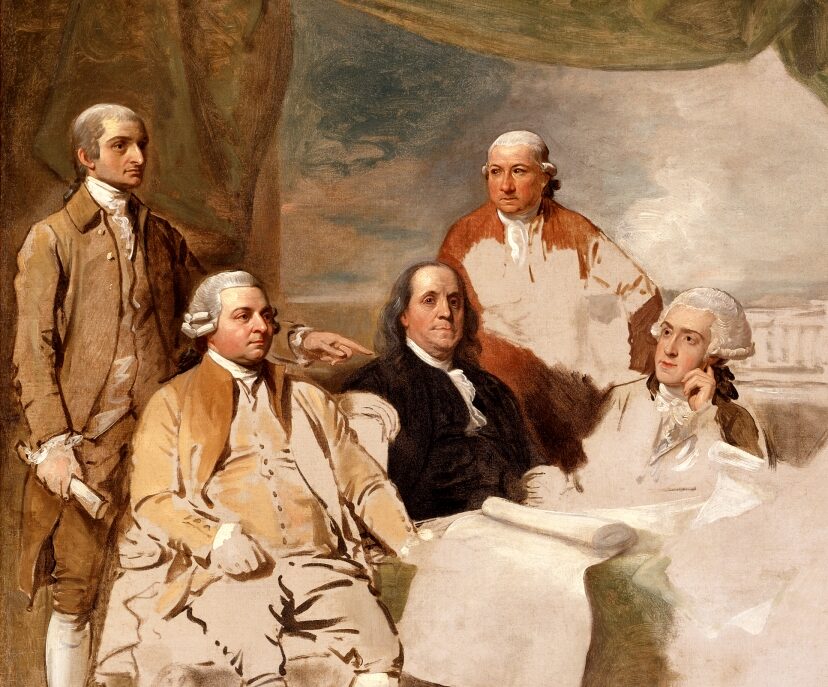“On May 1 [1960], two weeks before the summit was to begin and just as May Day celebrations were starting up in Moscow, a Soviet surface-to-air missile shot down a U-2 spy plane over the village of Povarnia in the Ural Mountains. Both sides handled the incident badly. Eisenhower had long been uneasy about the U-2 flights, recognizing that they constituted an act of war. He consented to this particular flight only at the insistence of the military and the CIA and with assurances there would be no problems for the summit. For Khrushchev, the overflights had been especially humiliating. Still clinging to the hopes for a productive summit, he blamed hard-liners around Eisenhower. He hoped to capitalize on the triumph of shooting down the plane without destroying the summit, but he could not resist the temptation to overreach. He initially concealed that the pilot, Francis Gary Powers, had been taken alive and parts of the aircraft recovered, catching Washington in a lie when the usual explanations were issued of a weather plane straying off course. Eisenhower then compounded the problem by admitting to the spy flights without acknowledging he had approved Powers’s mission….What is certain is that the ‘U-2 mess,’ as Eisenhower referred to it, destroyed the summit, cost the president and the United States heavily in prestige, ended any chance of substantive negotiations before the November elections, and left Berlin more dangerous than ever.” –George Herring, From Colony to Superpower, pp. 698-99
Discussion Questions
- One critical context for the U-2 spy plane incident was the proliferation of espionage and clandestine operations during the Cold War. How had US covert activity been escalating in the 1950s, prior to the collapse of the Paris summit.
- How would you characterize President Eisenhower as a Cold Warrior? Was he engaged in inveterate brinksmanship during the 1950s, or do you see in his evolution the makings of a more prudent statesman?

Leave a Reply